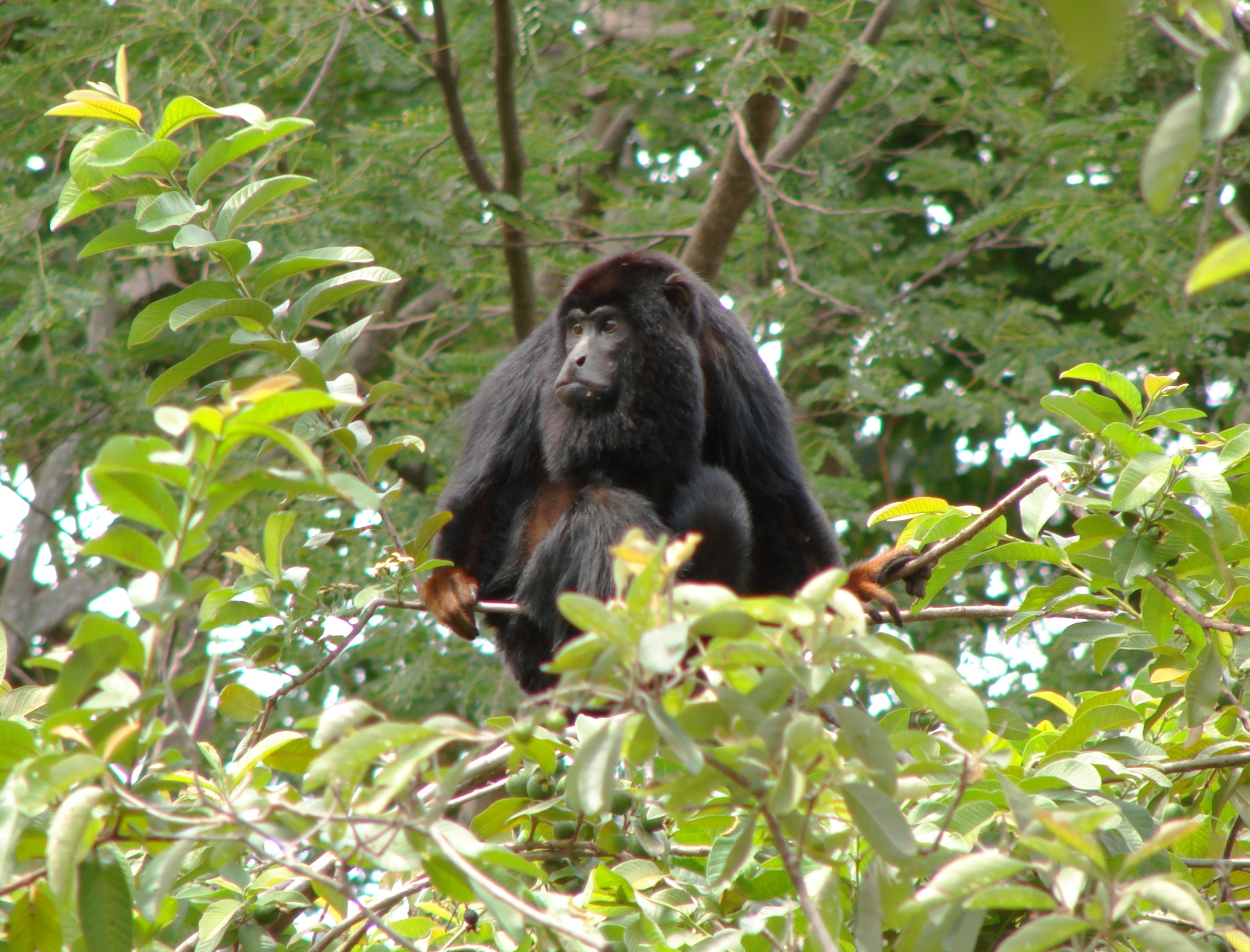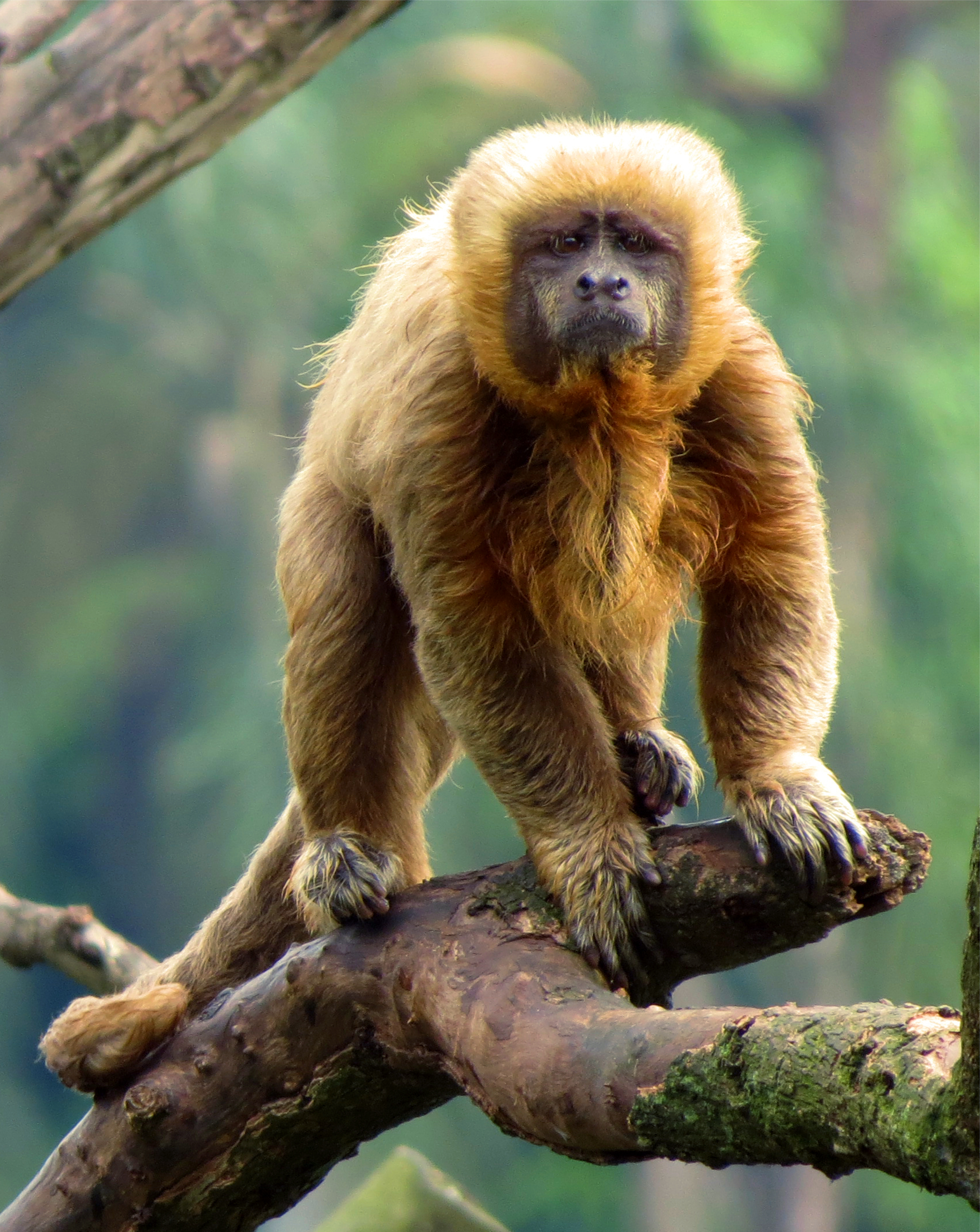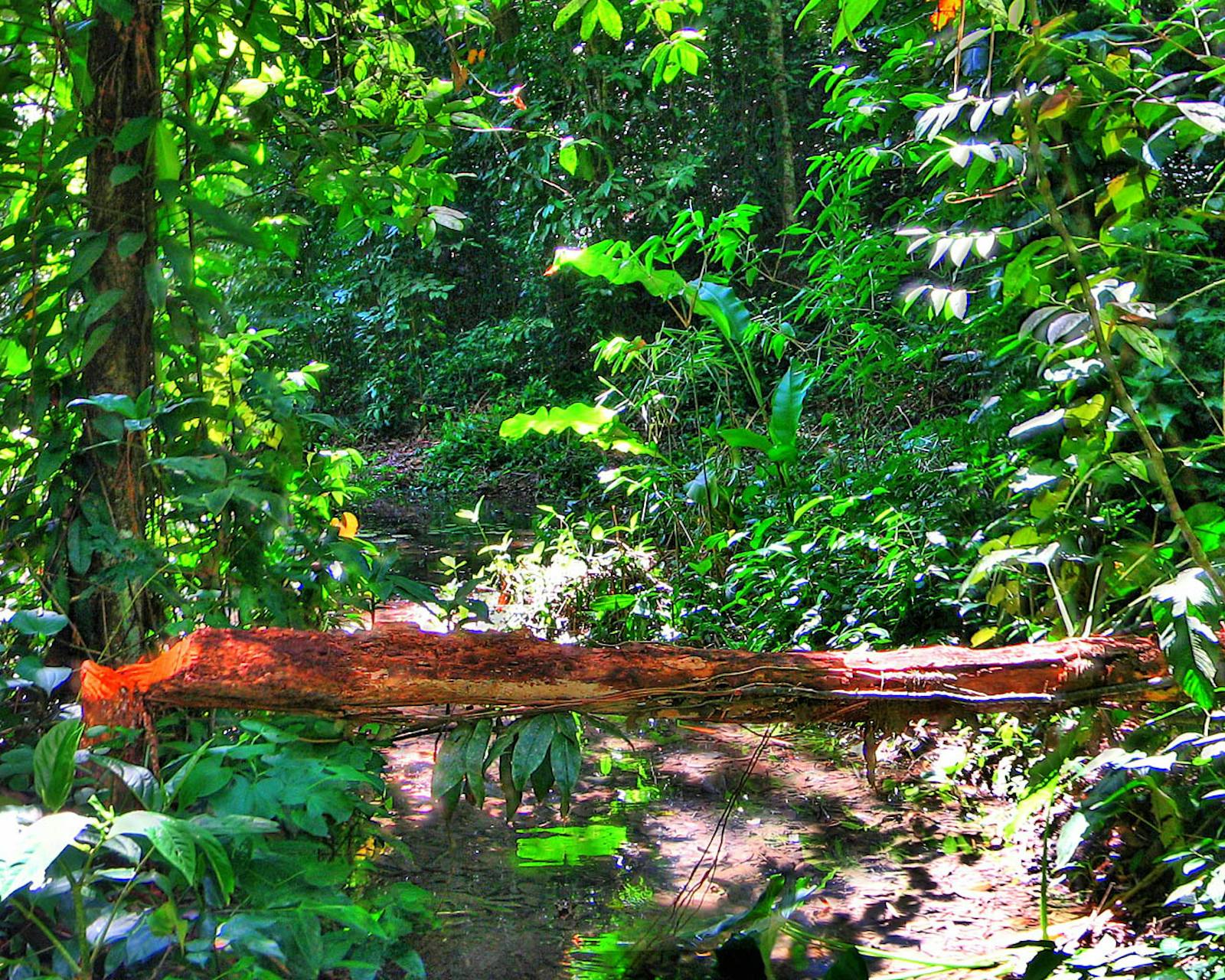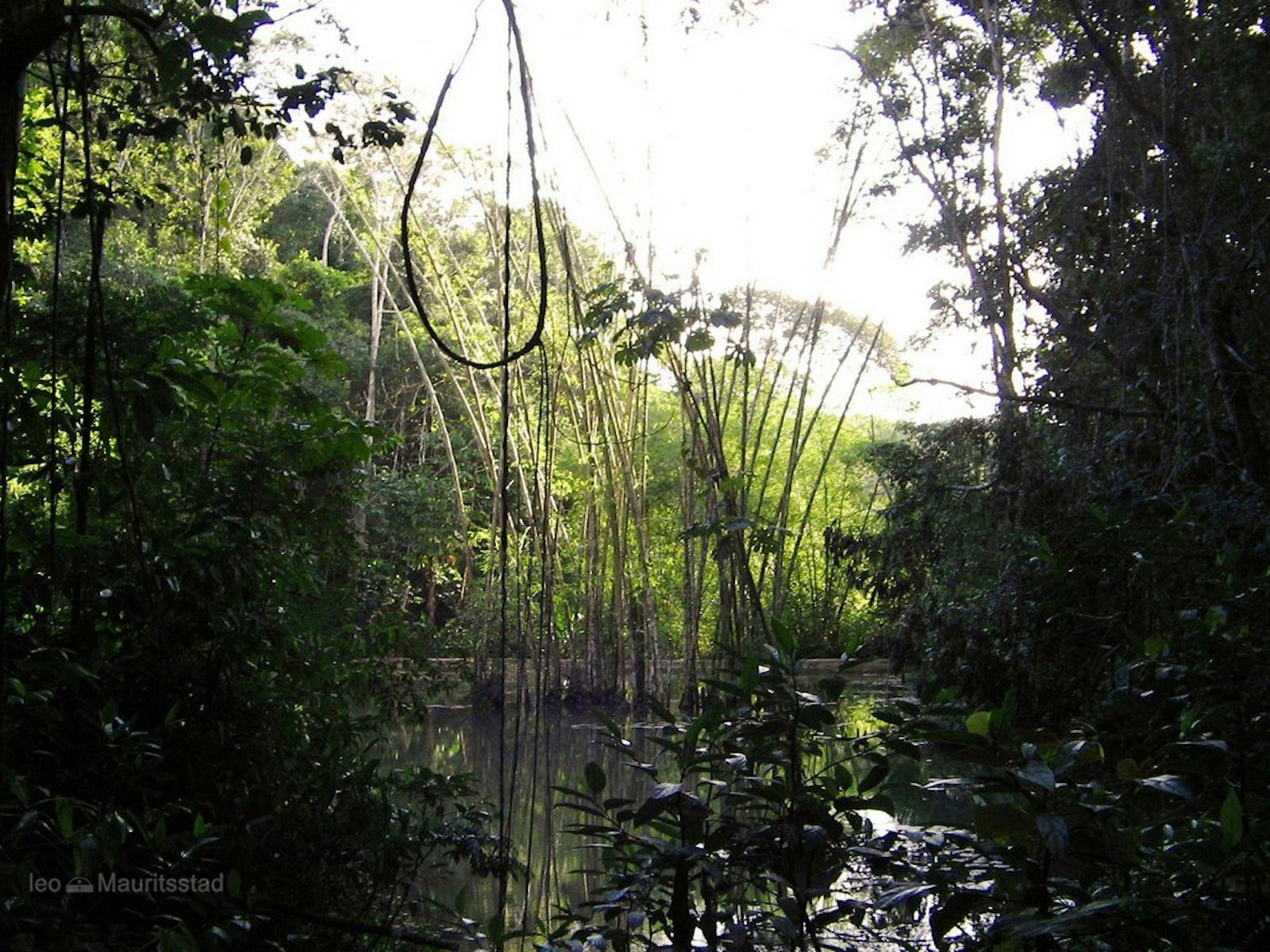Pernambuco Coastal Forests
The ecoregion’s land area is provided in units of 1,000 hectares. The protection goal is the Global Safety Net (GSN1) area for the given ecoregion. The protection level indicates the percentage of the GSN goal that is currently protected on a scale of 0-10. N/A means data is not available at this time.
Bioregion: Brazilian Atlantic Moist Forests (NT14)
Realm: Southern America
Ecoregion Size (1000 ha):
1,761
Ecoregion ID:
491
Protection Goal:
25%
Protection Level:
2
States: Brazil
The Pernambuco Coastal Forests ecoregion is one of the most unique habitats in the Atlantic coast region of Brazil. It is also home to the unusually named endemic Alagoas heart-tongued frog. As its name suggests, its tongue is heart shaped which is thought to improve its ability to capture insects and other prey species. These frogs were once extremely common and emblematic of the region, and although they still can be heard calling from most fragments of native forest their calls are becoming muted by the business of development, expanding agricultural frontiers, and other human infrastructure.
The Alagoas heart-tongued frog is considered to be an indicator species because of its relationship with bromeliads which usually only occur in primary forest. Healthy frogs mean healthy forests.

The flagship species of the Pernambuco Coastal Forests ecoregion is the red handed howler monkey. Image credit: Sidnei Dantas, Creative Commons
Pernambuco Coastal Forest covers an 80-km wide strip along the Atlantic Coast of northeast Brazil. The climate is tropical with annual rainfall ranging from 1,750 to 2,000 mm. There is a dry period from October through January. The Mundaú and Goiânia Rivers are the ecoregion’s southern and northern limits, respectively. It is bordered on the west by Pernambuco Interior Forests. Forest spreads from low-elevation plateaus only 20 m in elevation to the windward slopes of Borborema between 600–800 m. The main type of vegetation is the Atlantic moist forest, four-stratum vegetation with emergent trees taller than 35 m. Emergent and canopy layers are rich in tree species of legumes, evergreens, and Brazil Nut.
Pernambuco Coastal Forests together with Pernambuco Interior Forests comprise one of the more distinctive centers of endemism in South America. The biological uniqueness of this area has been recognized by biogeographic studies on plants, birds, and butterflies. BirdLife International has also recognized the importance of this region, ranking it as an Endemic Bird Area. Although united by the presence of several endemic species, Pernambuco Coastal Forests are easily separated from Pernambuco Interior Forests by a set of ecological and biogeographic features that include climate, geomorphology, and floristic composition.

Male golden capuchin. Image credit: Creative Commons
Pernambuco Coastal Forests harbor one of the forest sites with the most number of threatened bird species in South America, at 13 species. The Alagoas curassow, a large and extraordinary bird considered extinct in the wild, was possibly restricted to the Pernambuco Coastal Forests. Extant, endemic, and restricted range avifauna include Alagoas foliage-gleaner, Alagoas antwren, Alagoas tyrannulet, tawny piculet, plain spinetail, seven-coloured tanager, and orange-bellied antwren.
Although nearly all of the Pernambuco Coastal Forests have been removed, the largest forest remnants are still very important from a conservation viewpoint. They harbor important species of other groups of organisms, viable populations of a number of small-bodied endemic birds (mostly passerines), and the last populations of the red-handed howler monkey in the Brazilian Atlantic Forest.
Most of the Pernambuco Coastal Forests have been cleared in the last centuries. First, the extraction of Brazil wood was the primary motivation. This cycle was followed by a long period in which the sugarcane industry was mainly responsible for most of the clearing. Today, even though forest remnants are legally protected, forest conversion into agricultural fields, logging, and hunting persists.
Protected areas, including Catimbau National Park, cover 87 km2 of lowland moist forest. However existing reserves are few and small in area and remain too isolated to maintain most of the biodiversity and key ecological processes. Strictly protected areas represent only 0.03% of the ecoregion.
Although sugarcane plantations are declining, their replacement by other economic activities such as cattle ranching will probably maintain the high pressure on the last forest remnants. Key ecological processes such as seed dispersal have been critically modified by the extirpation of the large mammal and bird seed dispersers.
To preserve the remaining habitat, the priority conservation actions for the next decade are to: 1) identify priority areas and implement restoration and native forest recovery programs; 2) establish additional protection of remaining forests, including using the Private Reserves of Natural Heritage (RPPN) program and prioritizing forest connectivity corridors; and 3) develop (and certify) environmentally responsible ecotourism to reduce the pressure of many existing detrimental tourism activities.
Citations
1. da Silva, J M C., Lemos Sa, Rosa. 2018. Northern South America: Atlantic coast of northeastern Brazil. https://www.worldwildlife.org/ecoregions/nt0151. 14 August 2018.
2. Mendes, S.L. 1999. Grupo mamíferos- documento preliminar. In: Conservation International (editor), Workshop Avaliação e Ações Prioritárias para Conservação dos Biomas Floresta Atlântica e Campos Sulinos, São Paulo. http//www.conservation.org
3. Sick, H. 1993. Birds in Brazil. Princeton University Press.




